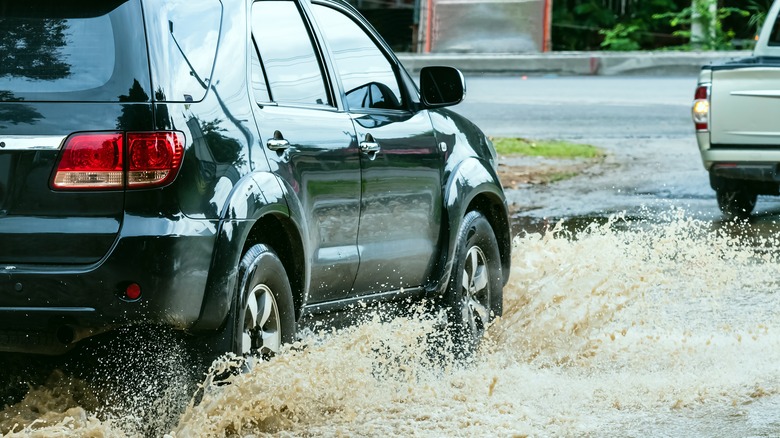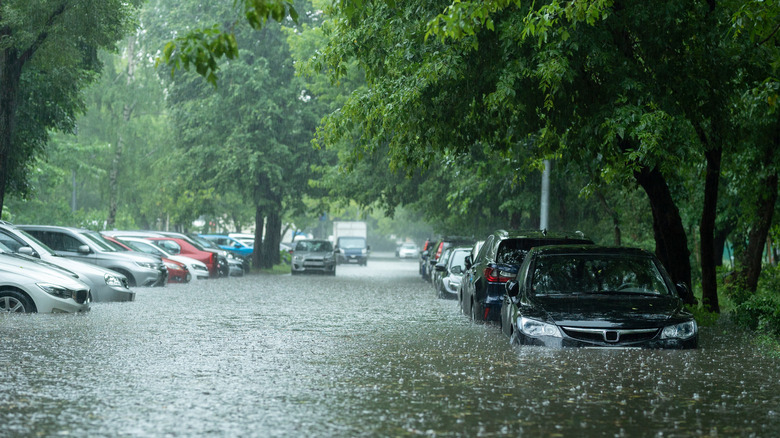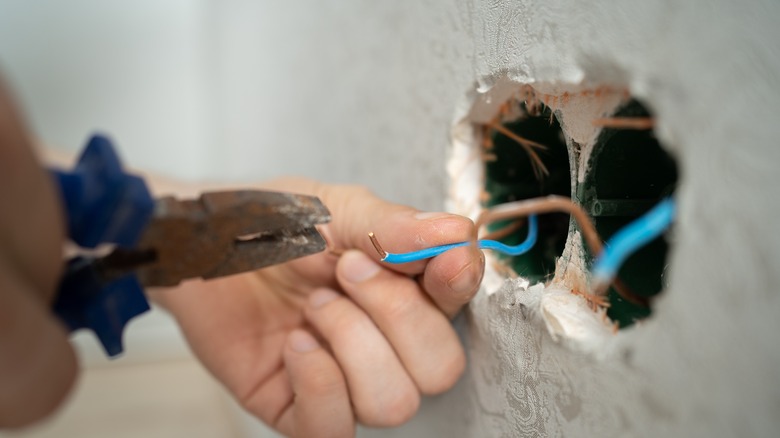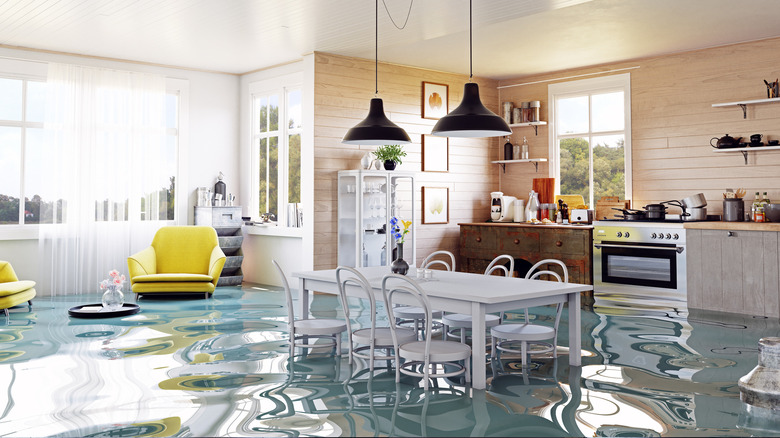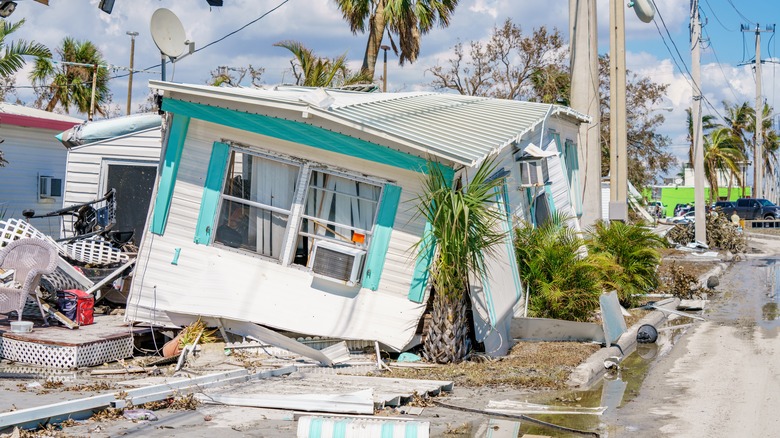5 Ways That A Flood Can Damage Your Home
Flood damage is a significant problem that homeowners face across nearly all areas of the United States. As a result, insurance coverage almost always considers flood potential when evaluating properties and developing quotes. This is because 99% of counties in the United States have been impacted by one or more flooding occurrences since 1996, according to FEMA. Flooding is a natural part of many ecosystems, but with the continued buildup of American communities in low-lying areas and other segments of the country that border on water bodies, protective measures must be put into place to account for the damage that a flood can bring about.
FEMA also notes that the average claim payout in 2019 through the National Flood Insurance Program was $52,000. That makes flooding a substantial financial and social problem, but the damage it can do to your home goes beyond what might be obvious. These five areas that are highly impacted by flood damage in your home should be prepared and accounted for before the next rise in water level across parts of your community.
1. The hallmarks of water damage with the uncertainty of insurance designation
One important thing to note when considering flood damage is that a flood will bring problems to your property, like typical water damage. You're likely to need to replace flooring elements, fix drywall, tackle damage to electronics and decorations, and much more. Water damage can be severe if left to its own devices for long enough, and flooding acts as an extreme measure of this type of home catastrophe.
However, your insurance company is likely to differentiate between flood damage and water damage (via FEMA). Even though a flood, by nature, brings water into your home and causes damage in the same way that a leaking pipe or roof would, your insurance company is unlikely to cover the contents of your home in the same way that it would for other forms of water damage. Therefore, specialized flood coverage is required when it comes to this kind of property damage. Unfortunately, insurance companies are notoriously hard to deal with in relation to natural disasters and other community-wide issues involving large-scale insurance claims. Water damage is perhaps the first thing you'll see in a home that's been affected by a flood, but the problem is far more complicated than this.
2. The emotional toll of a flood
In addition to the physical damage that a flood brings to your home, there is a raft of emotional damage that must be dealt with when recovering from a disastrous event of this type that has affected your home. Flooding can occur after the storm surge from a hurricane or other wind-related weather systems, after prolonged torrential rain, or as a result of infrastructure failure surrounding a river or lake. It brings huge volumes of water into areas that typically remain dry; as a result, it can take days, weeks, or even months for the accumulated water volume to drain out and for this level to subside and allow homeowners' safe access to their property, per SJReady.
The financial wreckage can be substantial with even a minor flooding event. However, the emotional toll that these events take on us should not be underestimated. Being out of your home for days or weeks on end without any indication of when you can return or what your property might look like in the aftermath can be devastating for a homeowner and their family. In times of great stress such as this, communities often get together and help one another through the difficulty (as noted by The New York Times in discussing a study of community support after the Great Alaska Earthquake).
3. Electrical systems may require replacement
One system that will certainly require substantial repair or replacement is the electrical wiring throughout your home. Electrical systems can be irreparably damaged when they come into contact with water, and this mixture can be an immensely hazardous or even fatal cocktail that homeowners should avoid at all costs. Your electrical systems run throughout the house and involve more than you might expect. The lighting, air conditioning, and appliances you use to facilitate a streamlined life demand a consistent connection to an electrical circuit.
But after a flood has ravaged your community, your place cannot be trusted as a safe conduit to the electrical grid, according to Mister Sparky. In fact, you should never assume that your home is safe to enter until it has been inspected by a professional. An electrician will often need to evaluate the entire property and replace any wiring, plugs, and integrated systems that have been damaged or destroyed by the effects of a flood. Only after it has been signed off by an electrician as safe should you go about business as usual on the property. In addition, faulty electrical circuitry can be hazardous to users and may even cause fires and other issues, further exacerbating your situation.
4. Furniture and appliances become saturated
The walls, flooring, and furniture will typically need to undergo extensive repairs. Some of your appliances may need replacement as well, and because they typically require an electrical connection to operate, they may be damaged beyond repair after a flood has occurred. Similarly, couches, drywall segments throughout your home, and personal belongings are likely to have been saturated as floodwater rises inside your property.
Carpets, couches, and any material made of paper or wood products are likely to require your attention as you look to piece your life back together. Some of these elements may retain structural integrity, but you might have significant difficulty in returning the fabric to its original state. Staining and musty smells may make their way into all kinds of different elements in your house.
As well, if standing water has pooled inside your home for long enough, you'll need to think about mold and mildew issues in addition to the scent and look of these features (via Grainger). Extreme water saturation can damage elements of your property in ways that go beyond a typical water breach that might leak onto your furniture, flooring, or other parts of the property.
5. Structural damages can occur
Lastly, a flood brings about significant structural damage in many instances. Once again, the difference between standard water damage and the effects of the flood stands in stark relief when it comes to the structure of your home. Flooding brings about a huge wave of water. The crushing surge of moving water can carry away trees, cars, and even small homes with ease: It's not uncommon to see communities visibly transformed in the aftermath of a severe flood, according to Water Damage Defense. Even if your house isn't dragged away by the weight and momentum of a flood, you'll need to have it evaluated to ensure that it remains structurally sound and, therefore, safe for future habitation.
When floodwater reaches your home, it may be traveling at 6 mph or greater; this might not seem very threatening, but according to Live Science, water at 10 mph creates the same pressure as a 270 mph wind. This means that the rushing water may crash through your windows or doors as it impacts your property. In addition, it can crack a foundation, erode the soil beneath your home, and even demolish segments of your roof. Therefore, inspecting the house for structural integrity is an essential part of the recovery process after a flood.
